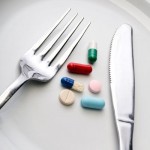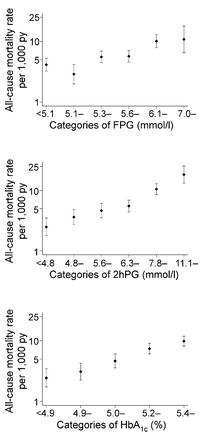Entrainment of the Human Circadian Clock to the Natural Light-Dark Cycle (Wright et al., 2013)
Abstract (edited): The electric light is one of the most important human inventions. Sleep and other daily rhythms in physiology and behavior, however, evolved in the natural light-dark cycle, and electrical lighting is thought to have disrupted these rhythms. Yet how much the age of electrical lighting has altered the human circadian clock is unknown. Here we show that electrical lighting and the constructed environment is associated with reduced exposure to sunlight during the day, increased light exposure after sunset, and a delayed timing of the circadian clock as compared to a summer natural 14 hr 40 min:9 hr 20 min light-dark cycle camping. Furthermore, we find that after exposure to only natural light, the internal circadian clock synchronizes to solar time such that the beginning of the internal biological night occurs at sunset and the end of the internal biological night occurs before wake time just after sunrise…
In other words, they compared circadian events during 2 weeks of normal life to 2 weeks of 100% camping. And camping won.


